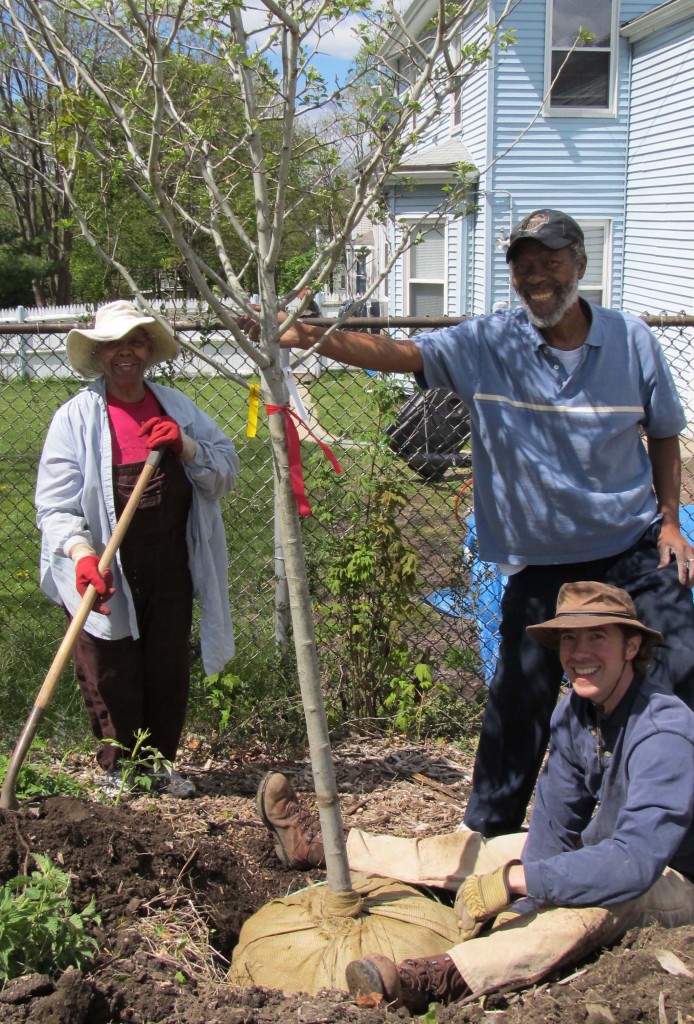Each month in our Open Voices blog we share insight from leaders in our communities who are advancing what it means to have sacred, open green spaces in our cities. As you resolve to make your 2015 a spectacular year, we encourage you to spend more time outside for you and your family’s mental health and well-being.
How does your neighborhood help you to be healthier? What would you change or add?
What do we need to be healthy? According to the World Health Organization, health is not simply an absence of disease or infirmity, but is a state of complete physical, mental and social well-being. In last week’s post, we jumped right into community green spaces and children’s health. But what do we know about designing healthy communities for all ages of people?
Wholesome living environments integrate the opportunities of built, social, natural, and (increasingly) online components to help people be at their best. One important aspect of health – mental function and wellness – is not only the outcome of personal and lifestyle situations, but is highly dependent on the natural and built environments that surround a person. Providing places for respite and restoration, urban green spaces have the potential to improve mental wellness. Parks, trees, and open space have been appreciated for their aesthetic values for centuries. But, scientists of multiple disciplines are now exploring a deeper level of impact by studying the contributions of nature experiences to human health, wellness, function, and therapy.
- Using national data for 10,000 people in the UK, a recent study found that, on average, individuals have both lower mental distress and higher well-being when living in urban areas with more green space. 1
- Physiological measures of stress are restored to desirable, more healthful levels when study participants are within or view green spaces. Our minds and bodies are different in the presence of nature in many measurable ways: heart rate, muscle tension, systolic and diastolic blood pressure, brain electrical activity, skin conductance (sweating), and self-reports of perceived stress. 2
- Focusing on tasks that require a lot of concentration in work or school leads to cognitive fatigue. With greater fatigue we are unable to work as well, become irritable, and may feel a general tiredness. Short breaks in nature help to restore the mind from this mental fatigue, perhaps contributing to improved work performance and satisfaction. 3
- More social activities were observed in public housing common spaces that had trees compared to treeless spaces of the same size. 4
How does your neighborhood help you to be healthier? What would you change or add?

